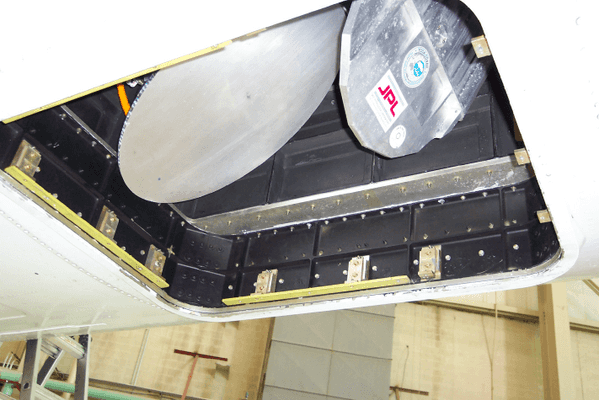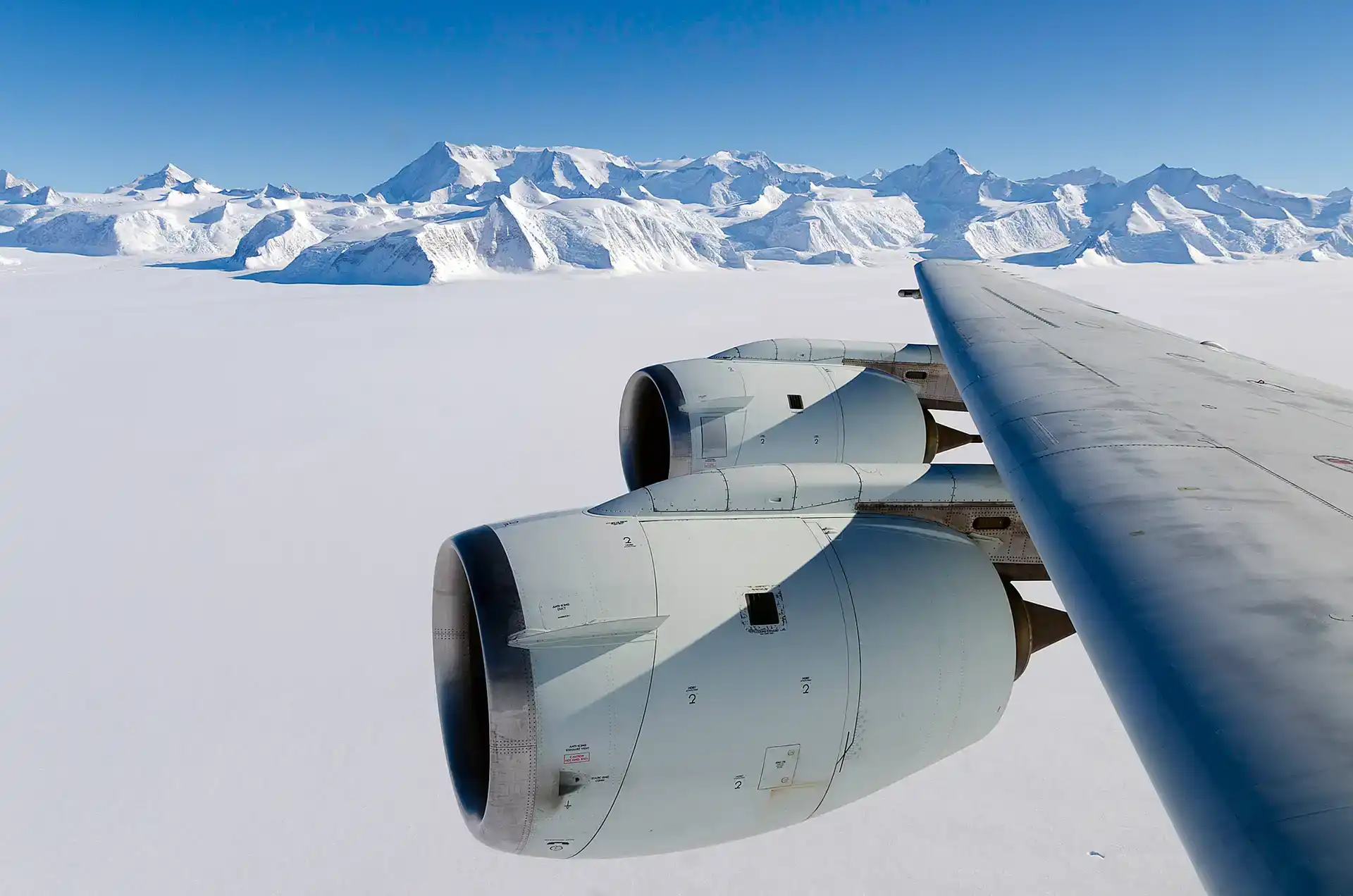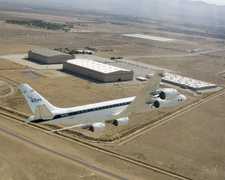The Airborne Second Generation Precipitation Radar (APR-2) is a dual-frequency, cross-track scanning radar that measures precipitation from aircraft. It detects radar backscatter from rain to determine reflectivity, Doppler velocity, and linear depolarization ratio (LDR). APR-2 operates at 13.4 GHz and 35.6 GHz with a pulse repetition frequency (PRF) of 5000 Hz. At an altitude of 11,000 feet, it provides horizontal resolutions of 730 meters at 13.4 GHz and 920 meters at 35.6 GHz. The radar has a vertical resolution of 60 meters and a ground swath width of 10 km.


Instrument Details
- Radar
- Earth Science > Spectral/engineering > Radar > Doppler VelocityEarth Science > Spectral/engineering > Radar > Radar ReflectivityEarth Science > Atmosphere > Precipitation > Precipitation RateEarth Science > Spectral/engineering > Radar > Radar Backscatter
- Full Column Profile
- Variable
- 730 m, 920 m, 60 m (vertical)
- 13.4 GHz, 35.6 GHz
- https://doi.org/10.1117/12.579015
Simone Tanelli
Simone Tanelli
JPL
NASA
Currently unavailable
- Global Hydrology Resource Center DAAC (GHRC)
other NASA repository not formally considered a DAAC by ESDS
Filter data products from this instrument by specific campaigns, platforms, or formats.







